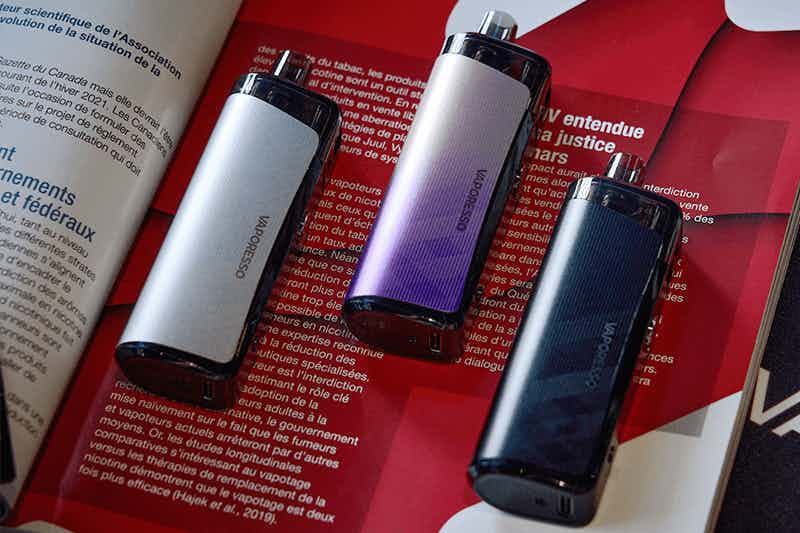How Juice Temperature Affects Vaping Experience
Vaping has evolved into a nuanced experience, with various factors influencing the overall satisfaction it provides. One such factor, often overlooked, is the temperature of the e-liquid used in vaping devices. Understanding how juice temperature impacts the vaping experience can greatly enhance user satisfaction and the overall enjoyment of vaping.
Product Introduction and Specifications
The primary components of a vaping system include the e-liquid or juice, the vaporizer, and the heating element. Different devices have specific specifications such as wattage, temperature control capabilities, and tank sizes that can affect how e-liquid is heated. For instance, advanced vaping devices may feature temperature control settings, allowing users to customize their experience. Typical product dimensions vary, but most are designed for ergonomic handling and compatibility with standard e-liquid tank sizes, which generally hold between 2 to 6 milliliters of juice.
Appearance and Feel
Vaping devices come in a variety of shapes, colors, and designs. Many modern devices feature sleek, contemporary aesthetics with LED displays and customizable settings. The materials used—usually metal or high-quality plastic—add to the overall durability and feel in hand. An appealing design contributes to a user’s willingness to engage with the device, making an attractive vaping pen almost essential for enthusiast users.

Optimal Flavor Profiles
The temperature at which e-liquid is vaporized significantly affects the flavor output. Lower temperatures tend to produce smoother, more flavorful hits, enriching the fruit or dessert notes in the e-liquid. Conversely, higher temperatures may lead to a more intense throat hit and burnt flavors, masking the intended taste. It is generally recommended that users experiment with different temperature settings to discover their ideal balance between flavor and vapor production, usually ranging between 350°F and 450°F.
Duration of Experience
The duration of the vaping experience is related not only to the battery life but also to the juice temperature. Higher temperatures can lead to quicker consumption of e-liquid, which might necessitate more frequent refills. Users who prefer longer sessions should consider using lower temperatures, as these settings can create denser vapor while sparing the juice longer.
Battery Life and Charging
Battery life is a crucial factor in any vaping device. Most modern vaporizers are equipped with lithium-ion batteries ranging from 1500mAh to 3000mAh. A higher mAh rating generally means longer battery life, allowing users to vape for extended periods without frequent charging. Charging times also vary; many devices offer quick charging options, which can be a selling point for busy consumers. Keeping a charger handy is advisable for users who frequently experiment with higher temperatures that can drain battery life faster.
Performance and Usage Methods
Understanding how to operate a vaping device effectively can greatly influence performance. Users should familiarize themselves with their devices, ensuring proper assembly, e-liquid filling, and maintenance to prevent issues like dry hits or leaks. Different devices may require varying techniques for inhalation as well. Lung hits are popular among sub-ohm vapers, while mouth-to-lung inhales are favored by beginners.
Advantages and Disadvantages
The advantages of understanding juice temperature and how it impacts the vaping experience are numerous. Users can discover their preferred flavor profiles and improve their satisfaction with the product. On the downside, consistent temperature management requires attention and practice, which may be overwhelming for new users. Additionally, improper usage may lead to equipment malfunctions, such as burnt coils, if temperature settings are not appropriately managed.
Target User Group Analysis
The ideal target audience for temperature-sensitive vaping includes both seasoned vapers and newcomers who are invested in their experience. Enthusiastic users are often inclined to experiment with various flavors and temperature settings, while beginners may benefit from educational resources that guide them in selecting the appropriate settings for their device. Age group preferences typically range from young adults to middle age, as vaping offers an alternative to traditional smoking, appealing particularly to those looking for a less harmful lifestyle.
In conclusion, the interaction between juice temperature and the vaping experience is a critical consideration for all users. By understanding how temperature affects flavor, performance, and overall satisfaction, vapers can make informed decisions, enhancing their enjoyment and potentially improving their transition from traditional smoking methods.




